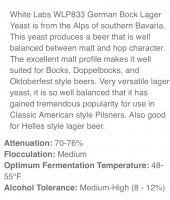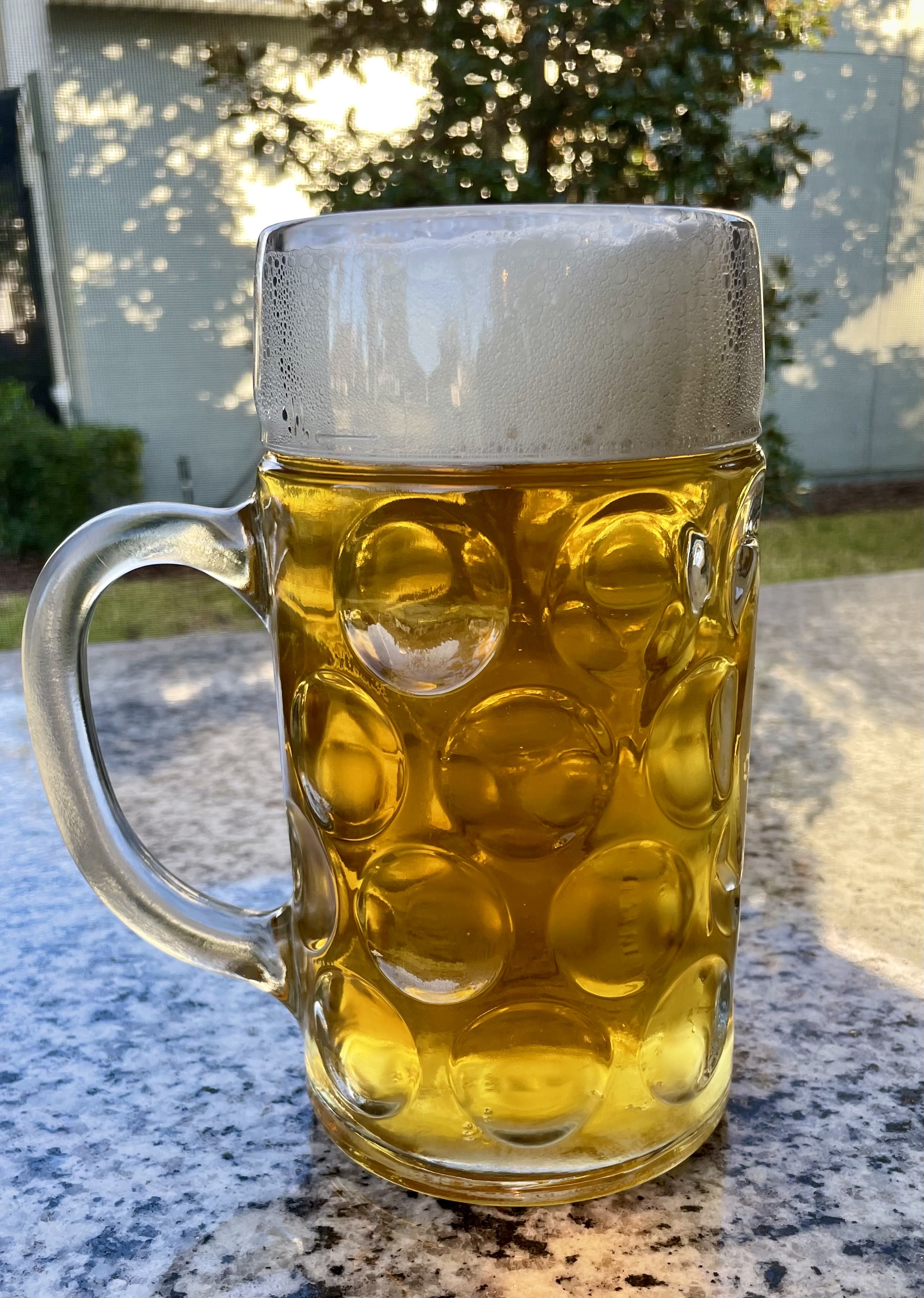- Joined
- Dec 19, 2015
- Messages
- 270
- Reaction score
- 103
I think finally I am brave enough to try an all-grain Munich Helles.
Some questions for the assembly of wizards.
1. Malt bill. Zainasheff & Palmer recommend Pils and a wee bit of Melanoidin & Munich. Josh Weikert recommends Pils with a wee bit of Vienna & Victory. I've seen other recipes with Pils only. Thoughts?
2. Mash. To decoct or not to decoct, that is the question. Thoughts?
3. Yeast. What strain is going to finish the driest while still imparting "that German character?" Zainasheff & Palmer as well as Weikert seem to like WY2308.
I'm interested in any and all ideas and opinions. TIA!
Some questions for the assembly of wizards.
1. Malt bill. Zainasheff & Palmer recommend Pils and a wee bit of Melanoidin & Munich. Josh Weikert recommends Pils with a wee bit of Vienna & Victory. I've seen other recipes with Pils only. Thoughts?
2. Mash. To decoct or not to decoct, that is the question. Thoughts?
3. Yeast. What strain is going to finish the driest while still imparting "that German character?" Zainasheff & Palmer as well as Weikert seem to like WY2308.
I'm interested in any and all ideas and opinions. TIA!







